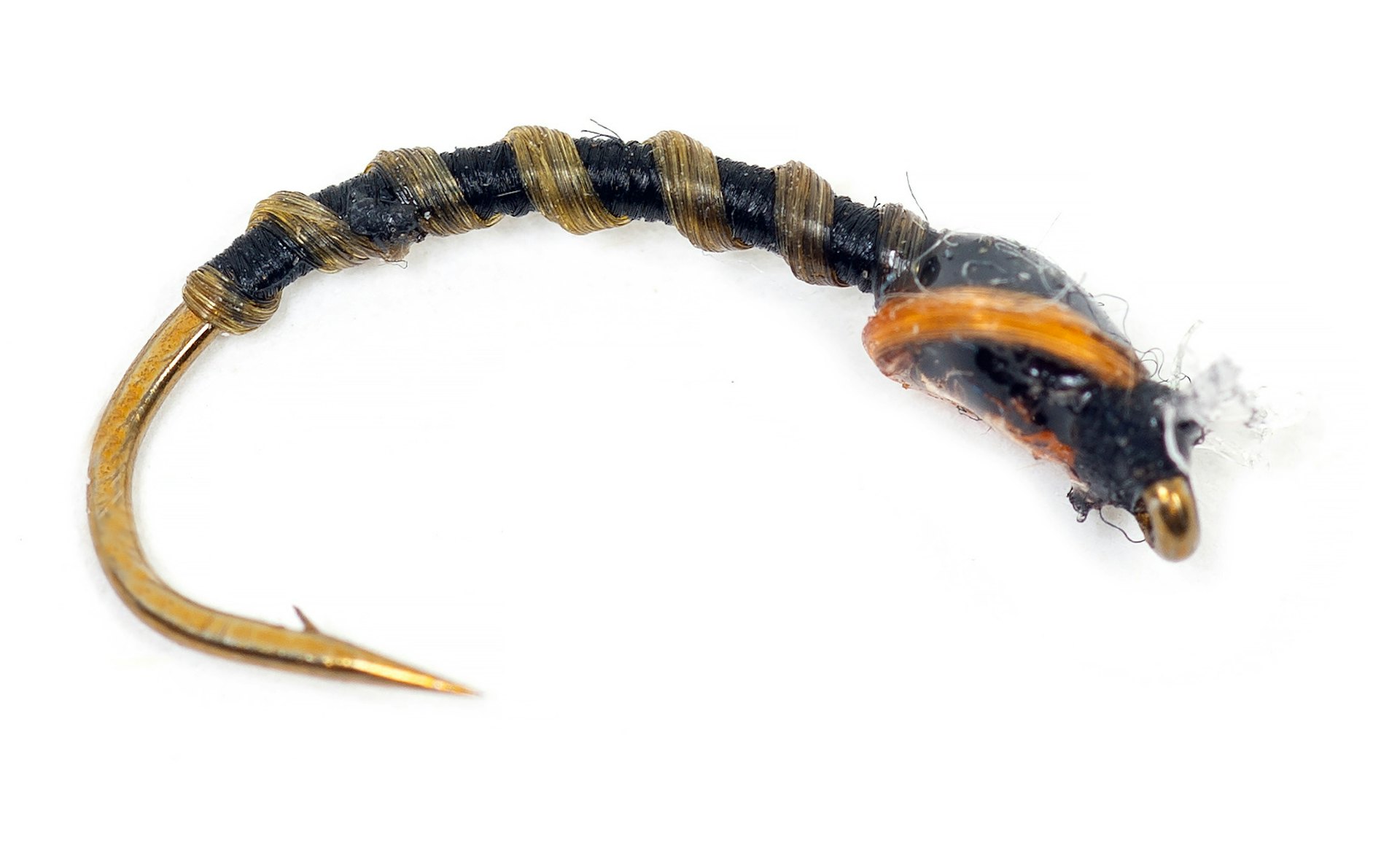PriceProduct nr#107117Size
2.49 USD
Stock Status
Choose variant/s to see stock availability
Worldwide Shipping
Quick Deliveries
Buzzers are midge pupaes, and it is very important food for fish both in still water and in the river. Many people find that midges hatches are very frustrating, and it really can be. But if you have filled the box with a few different types of flies that cover the stages the midge goes through when a hatching takes place, and can understand the different typ of rises, it will be easier. Typical raindrop rises and the rises where the fish only shows up with the tail fin, tells that it's eating something directly below the surface. In either case, the buzzer is a safe bet. Midges come in many sizes and a rule that fits well is that you can increase the hook size of the buzzer in relation to the size of the adults you see on the water (larger as a pupa than an adult insect). Furthermore, it is normal for the largest midge to hatch when it is a little cooler in the water, such as in spring and autumn. Slightly smaller species hatch when it is warmer. Prime time is often with temperatures of 8-12 degrees in the water.
Fish the buzzer as a hanger under a dry fly mosquito, such as Rena-mosquito. Or put 2 buzzers on the leader and throw well in front of where the fish are rising and take home calmly. Dry fly and buzzer can be fished statically without taking home, or taken home calmly when you see the fish approaching.The fly here is tied on quality hooks from Daiichi with a light coating of UV glue
Fish the buzzer as a hanger under a dry fly mosquito, such as Rena-mosquito. Or put 2 buzzers on the leader and throw well in front of where the fish are rising and take home calmly. Dry fly and buzzer can be fished statically without taking home, or taken home calmly when you see the fish approaching.The fly here is tied on quality hooks from Daiichi with a light coating of UV glue
